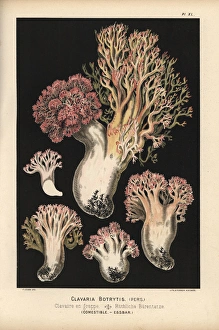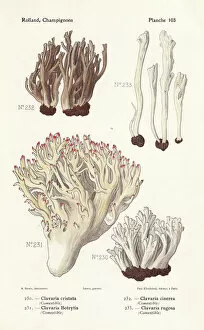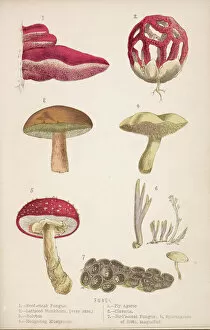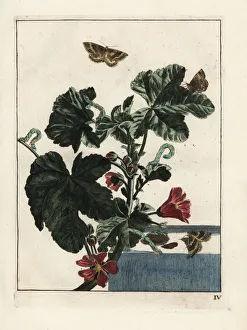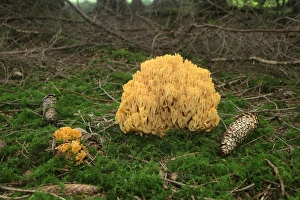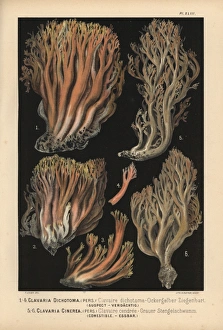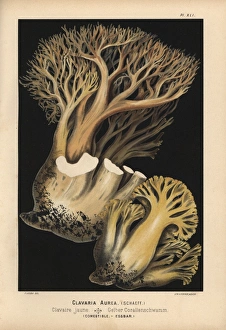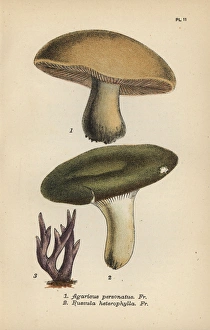Clavaria Collection
Discover the fascinating world of clavaria: a diverse group of coral fungi and mushrooms that captivate with their unique shapes and colors
All Professionally Made to Order for Quick Shipping
Discover the fascinating world of clavaria: a diverse group of coral fungi and mushrooms that captivate with their unique shapes and colors. One such member is the cauliflower coral mushroom, scientifically known as Ramaria botrytis, which not only resembles its namesake but is also edible, adding a delightful twist to culinary adventures. Dating back to 1869, when funghi and mushrooms were first documented extensively, these captivating organisms have been admired for their intricate beauty. Among them are various coral fungus varieties that resemble delicate branches or vibrant corals underwater. Intriguingly, clavaria shares its name with other natural wonders like gentian flowers and even insects such as centipedes and scarab beetles. This connection highlights nature's interconnectedness and reminds us of the endless marvels awaiting our exploration. One striking example is the pink coral fungus called Ramaria formosa—a true spectacle in woodland landscapes. Its vivid hue adds a burst of color amidst lush greenery, attracting attention from both admirers and curious creatures alike. For instance, the mallow moth (Larentia clavaria) has been observed on Malva sylvestris plants in Curtis British Entomology Plate 707—an enchanting encounter between two distinct species. While some clavarias remain mysterious like Clavaria dichotoma or Clavaria umbraticola—both under suspicion regarding their classification—the golden coral fungus named Ramaria aurea stands out for its delectable quality. Yes and can be enjoyed as part of gastronomic delights. The diversity within this group extends beyond corals alone; masked mushrooms like Agaricus personatus exhibit remarkable variability in appearance while Elm sidefoot mushrooms (Agaricus ulmarius) boast furrowed caps reminiscent of tree bark. So next time you venture into forests or stumble upon these captivating organisms elsewhere, take a moment to appreciate the wonders they hold.

